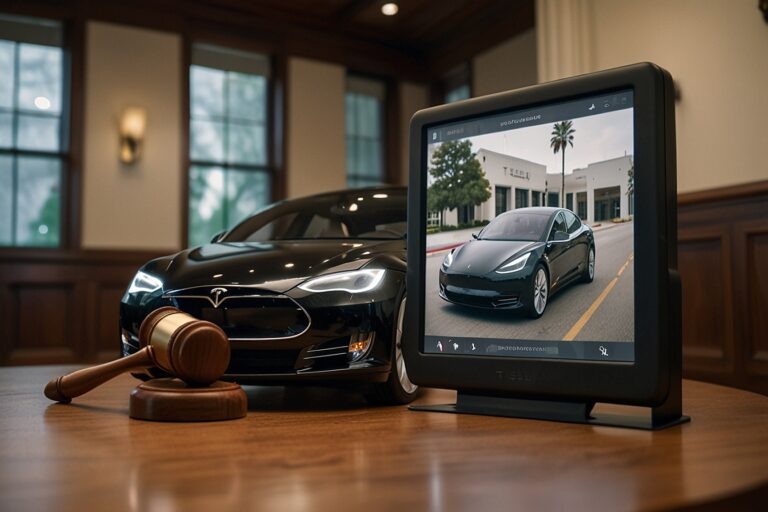
TL;DR:
- Tesla’s former president Jon McNeil shares how real product reviews, not slides, foster innovation.
- Elon Musk adopted Steve Jobs’ product perfectionism mantra early in Tesla’s journey.
- GM now mirrors this review culture, fueling its rise to the #2 EV seller in the U.S.
- Weekly product sessions demand physical prototypes and minimal design gaps.
Real Products Over PowerPoint: Tesla’s Design Doctrine
At the TechCrunch All Stage Boston event this month, Tesla veteran and current GM board member Jon McNeil outlined a product philosophy that has transformed both Tesla and GM’s approach to innovation: “no slides allowed.”
Instead of relying on presentations and wireframes, Tesla’s senior leadership held weekly meetings with teams to review real, functioning prototypes. This method, McNeil explained, kept innovation fast-paced and grounded in user experience.
He emphasized:
“You’re not going to bring your B game to the CEO — especially that CEO. He’ll fire you.”
Musk Took a Page from Steve Jobs — Literally
Elon Musk’s approach was shaped in part by a rare, brief exchange with Steve Jobs, according to McNeil.
“If the product is beautiful, it will sell itself,” Jobs reportedly told Musk during their only meaningful conversation.
That advice stuck. Tesla began prioritizing user delight and minimalism in both software and hardware. An example? The infamous “fart button”, or “Emissions Testing Mode,” was added not for utility, but for delight — a principle the company upheld across the board.
Weekly Innovation Cadence at Tesla and Now GM
The Tesla review culture fostered a rapid development pace and product focus that GM has now adopted. Since McNeil joined GM’s board in 2022, he’s helped transplant that culture into a much larger operation.
“Mary Barra and Mark Reuss now lead weekly product reviews with no slides — real hardware in the room, real software in test,” McNeil noted.
This hands-on strategy has already produced measurable results. GM has scaled from just the Chevy Bolt to 17 electric vehicle models, placing it just behind Tesla in U.S. EV sales.
GM EV Growth Highlights
| Metric | Value | Source |
| EV Models (2025) | 17 | Electrek |
| EV Market Rank in U.S. | #2 (behind Tesla) | InsideEVs |
| GM Revenue | $200 Billion (Annual) | GM Investor Relations |
| Employees | 275,000+ | Statista |
A Culture Built Around the Physical Product
McNeil believes the key to innovation is maintaining the discipline of in-room product testing — no matter how large the company becomes.
From software screens that function in two taps or fewer to vehicle components that must be both minimal and delightful, Tesla’s playbook is now being used at GM — and it’s working.
“The lead designer is always in the room,” McNeil noted. “Then we say, Franz, now make it beautiful.”
This iterative, product-centered innovation loop is what McNeil sees as the real driver behind both companies’ success. “Product is everything,” he said. “And if you’re not touching it, you’re not leading it.”
Conclusion: Weekly Product Reviews as Innovation Infrastructure
Tesla and GM’s embrace of real product testing over pitch decks offers a key lesson: innovation doesn’t come from presentations — it comes from interaction. For other legacy automakers and startups alike, the message is clear:
If you want breakthrough growth, stop reviewing slides. Start reviewing reality.






